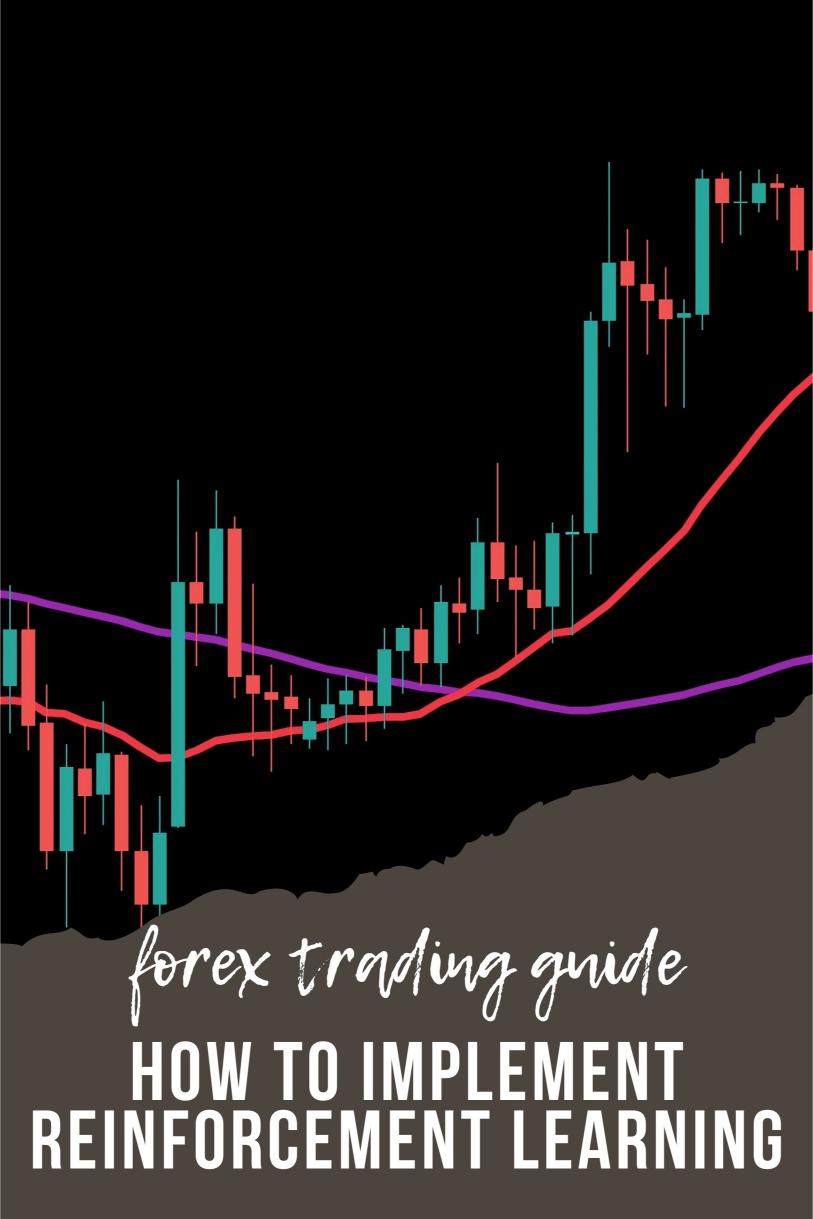Last Updated on February 5, 2025 by Arif Chowdhury
Are you tired of inconsistent trading results?
Wondering how to get an edge in the Forex market?
You’re not alone.
Many traders struggle with finding the right strategy that works consistently.
As a seasoned Forex trader since 2015, I’ve faced those same challenges.
But here’s the game changer: Reinforcement Learning (RL) for Forex trading bots.
This powerful tool can supercharge your trading strategy.
Let’s dive into how you can implement it effectively.
What is Reinforcement Learning?
In simple terms, reinforcement learning is a type of machine learning.
It’s where an agent learns to make decisions by interacting with its environment.
Here’s the cool part:
The agent receives rewards or penalties based on its actions.
Think of it like training a dog.
You give treats for good behavior and a firm “no” for bad moves.
Why Use Reinforcement Learning in Forex?
The Forex market is dynamic and unpredictable.
Traditional strategies can fall short when faced with rapid changes.
Here are some compelling reasons to consider RL:
- Adaptability: RL algorithms adjust to new market conditions.
- Learning from Experience: They improve over time, learning from past trades.
- Automation: Reduce human error and emotions in trading decisions.
Statistics show that 70% of traders lack a structured approach.
Incorporating RL can significantly enhance your trading performance.
Steps to Implement Reinforcement Learning
1. Define Your Environment
Start by setting up the trading environment.
This includes:
- Currency Pairs: Focus on pairs like EUR/USD, GBP/USD, USD/CHF, and USD/JPY.
- Time Frames: Use H4 charts for longer-term strategies.
2. Choose Your State and Action Space
Next up, define what your agent will observe and what actions it can take.
- State Space: This could include price data, indicators, and market sentiment.
- Action Space: Actions might be buying, selling, or holding.
3. Set Rewards
Determine how the agent will be rewarded.
Will it be based on profit, risk-adjusted returns, or a combination?
A well-structured reward system is crucial for effective learning.
4. Select an RL Algorithm
There are various algorithms you can use, like:
- Q-Learning: Good for simpler environments.
- Deep Q-Networks (DQN): Great for handling large state spaces.
Choose one that aligns with your trading goals.
5. Training the Agent
Now it’s time to train your agent.
- Run simulations using historical data.
- Adjust parameters and refine your model based on performance.
Remember, patience is key here.
The agent needs time to learn and adapt.
6. Backtest and Optimize
Before going live, backtest your RL model.
Ensure it performs well under different market conditions.
I’ve backtested my bots for the past 20 years and found they perform excellently even in harsh conditions.
This is crucial.
Optimizing your model can save you from costly mistakes.
Real-World Example
Let’s say you’ve set up an RL model for trading EUR/USD.
Initially, it may trade conservatively.
But as it learns, it starts identifying profitable patterns.
Over time, your RL bot could consistently capture 200-350 pips in profit.
That’s the beauty of RL; it learns your trading style and adapts accordingly.
Embrace Automation
In my journey, I’ve developed 16 sophisticated trading bots.
Each bot is strategically diversified to minimize risk across major currency pairs.
- Multi-Layered Diversification: Reduces the likelihood of simultaneous losses.
Each bot trades based on H4 charts, focusing on long-term gains.
This ensures a robust and stable trading portfolio.
If you want to explore this further, check out my trading bots portfolio.
You might find a perfect fit for your trading style.
Find the Right Broker
To implement your strategies effectively, you need a reliable broker.
I’ve tested several and recommend checking out the best Forex brokers.
They offer tight spreads, excellent execution, and strong support.
These factors can make a significant difference in your trading results.
Conclusion
Reinforcement learning is a game changer in Forex trading.
By implementing it, you can create bots that learn and adapt, leading to consistent profitability.
Remember, it’s about building a robust strategy that evolves with the market.
So why not take the plunge?
Explore my trading bots portfolio and find out how to elevate your trading game.
